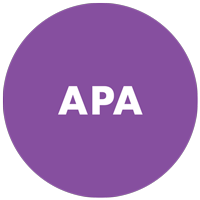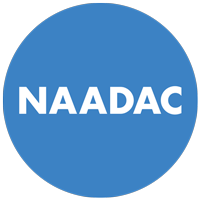Substance Use Continuum of Care
Systems and Models of Care
F4 - Gambling: A Hidden Problem
Tuesday, May 6, 2025
10:00 AM - 11:00 AM ET
Location: 104AB
Many individuals who gamble do so for recreation and report no significant financial consequences or difficulties controlling their behavior. Some people develop a Gambling Disorder and oftentimes, we are not aware of the warning signs in youth and adults which can be mild, quite severe and can worsen over time with increased rates of co-occurring substance use (including nicotine dependence), depression, and anxiety disorders. GD is associated with high rates of suicide ideation and attempts. Clinicians must assess for mood, substance use and GD at the initial evaluation as well as during treatment.
Learning Objectives:
- Identify and summarize different gambling terms
- Identify and summarize the three phases of gambling disorder
- Describe and analyze problem gambling in special populations: adolescents, college students, women and older adults

Holly Sawyer, PhD, LPC, NCC, ASC, CADAC, CASAC, SAP
Licensed Clinical Therapist
Life First Therapy
Philadelphia, Pennsylvania









